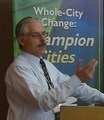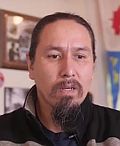Ecological Accounting Process and Water Balance Methodology – the twin pillars of a whole-system, water balance vision for restorative land development in British Columbia, an approach branded as “Sustainable Watershed Systems, through Asset Management”

“Development of the Ecological Accounting Process (EAP) began in 2015. The EAP vision was first unveiled in Beyond the Guidebook 2015. This was the third in a series that builds on Stormwater Planning: A Guidebook for British Columbia, released by the provincial government in 2002,” states Kim Stephens. “Beyond the Guidebook 2015 introduced the notion of the ‘twin pillars’ – that is, EAP and the Water Balance Methodology – for asset management strategies that achieve the goal of ‘sustainable watershed systems’.”







